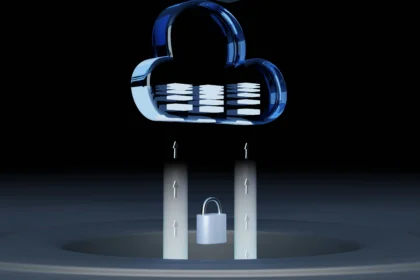In an era where operational efficiency directly correlates with financial success, Computerized Maintenance Management Systems (CMMS) emerge as pivotal tools for businesses aiming to optimize their maintenance operations. By automating and streamlining maintenance tasks, CMMS solutions not only enhance productivity but also significantly improve the return on investment (ROI) for organizations.
CMMS ROI Calculation Formula
The ROI from a CMMS is calculated by comparing the system’s cost against the financial gains it generates. The formula is:
CMMS ROI = (Gains from CMMS − Cost of CMMS) / Cost of CMMS
This calculation underscores the efficiency and savings achieved through reduced maintenance costs, extended asset lifespans, and improved labor productivity.
Factors Affecting the Cost of a CMMS Software
The investment in a CMMS solution is influenced by various factors, each contributing to the overall cost:
Cloud-Based vs. On-Premise
Cloud-based CMMS solutions offer the advantage of lower upfront costs and scalability, with fees typically based on a subscription model. On-premise systems, while requiring a higher initial investment for hardware and software, may offer more control over data and integration capabilities.
Configuration and Implementation Cost
Tailoring a CMMS to fit an organization’s specific needs involves configuration and implementation expenses. These costs vary depending on the complexity of the operations and the extent of customization required to align the software with existing workflows.
Training and Support Costs
Effective utilization of a CMMS requires comprehensive training for staff and ongoing support. The complexity of the system and the size of the user base can significantly impact these costs, affecting the overall ROI.
Integration Costs
Integrating a CMMS with other enterprise systems (e.g., ERP, asset management) enhances operational efficiency but also adds to the cost. The level of integration needed will depend on the existing IT infrastructure and the desired level of interoperability between systems.
Customization Costs
Customizing a CMMS to meet unique business requirements can incur additional costs. Whether it’s adapting the software to unique maintenance workflows or integrating specific reporting features, customization ensures the CMMS fully supports the organization’s objectives.
4 Ways CMMS Can Improve ROI
A well-implemented CMMS can significantly enhance ROI through several key improvements:
- Reduce Equipment Downtime
Downtime is a major cost driver in maintenance operations. A CMMS helps schedule preventive maintenance, predict potential equipment failures, and swiftly address issues, thereby minimizing downtime. For instance, LLumin’s maintenance management software offers sophisticated tools to monitor equipment health in real time, ensuring maintenance is performed exactly when needed, thus reducing unnecessary downtime and associated costs.
- Improve Labor Utilization
By automating work order management and maintenance scheduling, a CMMS optimizes the allocation of labor resources. Technicians are assigned tasks based on priority and their expertise, improving efficiency and reducing overtime expenses. This strategic approach to labor utilization ensures that maintenance teams are more productive, directly contributing to an improved ROI.
- Increase Asset Reliability and Life
Regular and predictive maintenance extends the operational life of assets. A CMMS provides detailed insights into each asset’s condition, maintenance history, and performance, allowing for informed decisions on maintenance strategies that enhance asset reliability and longevity.
- Modernize Your Inventory Management
Effective inventory management is crucial for minimizing costs associated with stock outs or excess inventory. A CMMS offers comprehensive tools for tracking parts and supplies in real time, ensuring that inventory levels are optimized to meet maintenance demands without tying up unnecessary capital.
Conclusion
Embracing a CMMS marks a pivotal shift towards operational excellence and financial robustness for modern enterprises. By meticulously calculating its ROI and understanding the multifaceted factors influencing its cost, organizations can navigate the complexities of maintenance management with precision and foresight. The strategic implementation of CMMS transcends mere maintenance scheduling; it revolutionizes asset management, labor optimization, and inventory control, thereby ingraining efficiency and sustainability into the corporate fabric.










